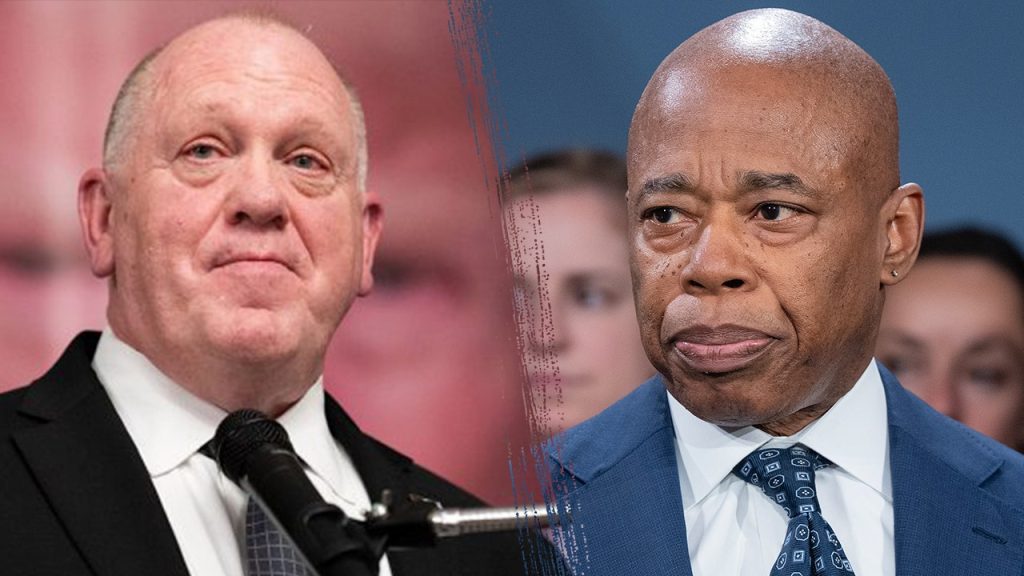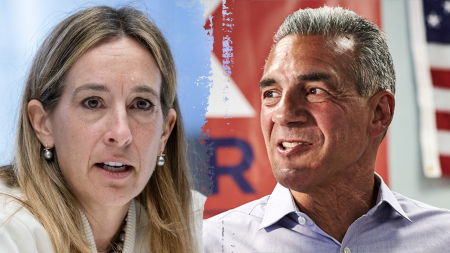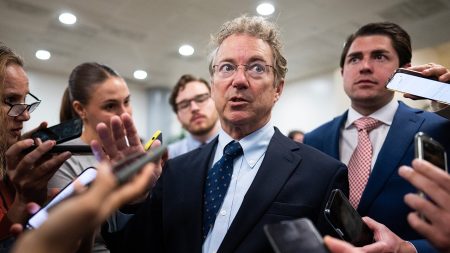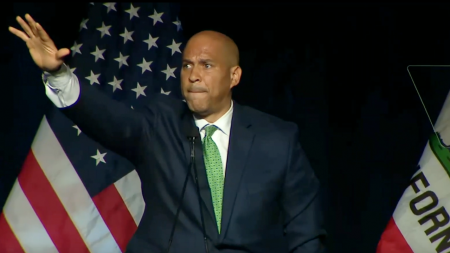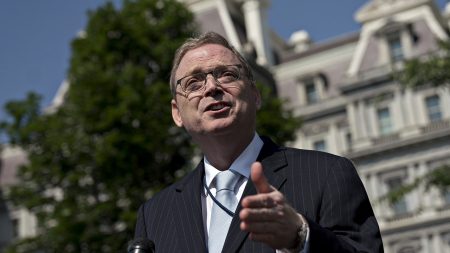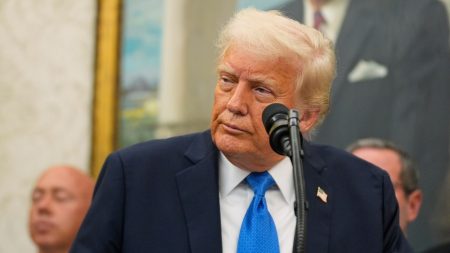Paragraph 1: A Shift in Sanctuary City Policy?
New York City Mayor Eric Adams’ meeting with incoming border czar Tom Homan signals a potential shift in the city’s approach to immigration enforcement. Traditionally a sanctuary city, New York has limited cooperation with federal immigration authorities. However, Adams’ emphasis on public safety and his stated alignment with Homan’s focus on deporting violent criminals suggest a willingness to collaborate with the incoming Trump administration on this issue. This move has sparked concern among immigration advocates who fear it could undermine the city’s sanctuary status and lead to the deportation of non-violent individuals.
Paragraph 2: Targeting Violent Criminals and Public Safety
The core of Adams’ and Homan’s discussion revolved around addressing violent crime committed by undocumented immigrants. Adams stressed that New York City will not be a safe haven for anyone who commits violent acts, regardless of their immigration status. This emphasis on public safety echoes the incoming administration’s hardline stance on immigration enforcement and signals a potential area of common ground between the city and federal government. Both Adams and Homan expressed a shared desire to prioritize the safety of New Yorkers, including recent immigrants and asylum seekers, by targeting individuals with a history of violence.
Paragraph 3: Navigating Sanctuary City Status and Federal Cooperation
The meeting highlighted the tension between New York City’s sanctuary city status and the incoming administration’s push for stricter immigration enforcement. Sanctuary cities generally limit cooperation with federal immigration authorities to protect undocumented immigrants from deportation. However, Adams’ willingness to work with Homan on deporting violent criminals raises questions about the extent to which the city will maintain its sanctuary policies. Homan has previously warned sanctuary cities to cooperate with ICE, suggesting a potential clash between local and federal priorities.
Paragraph 4: The Migrant Influx and Shelter Closures
The backdrop to this meeting is the significant influx of migrants New York City has experienced. This surge has strained city resources and led to the opening of numerous shelters. However, a recent decrease in arrivals has allowed the city to close some of these shelters. This development coincides with Adams’ tougher stance on illegal immigration, raising questions about whether the city’s approach is influenced by the desire to reduce the financial and logistical burden of sheltering migrants.
Paragraph 5: Criticism and Justification from Mayor Adams
Adams’ meeting with Homan and his shift in tone on immigration have drawn criticism from immigration activists. They accuse him of betraying the city’s sanctuary values and collaborating with an administration known for its anti-immigrant policies. However, Adams defends his actions, arguing that his primary concern is the safety of all New Yorkers. He insists that this focus on public safety does not contradict his long-standing support for immigrants and their pursuit of the American dream. He frames his approach as a pragmatic response to a complex situation, emphasizing his commitment to protecting all residents regardless of their immigration status.
Paragraph 6: Political and Practical Implications
This evolving situation presents significant political and practical implications. Adams’ actions could set a precedent for other sanctuary cities grappling with similar challenges. His willingness to cooperate with the federal government on deportations could open the door for increased collaboration on immigration enforcement, potentially reshaping the relationship between local and federal authorities. The long-term consequences of this shift remain to be seen, but it signifies a potential departure from the traditional understanding of sanctuary city policies and highlights the complex interplay between local autonomy and federal immigration mandates.




